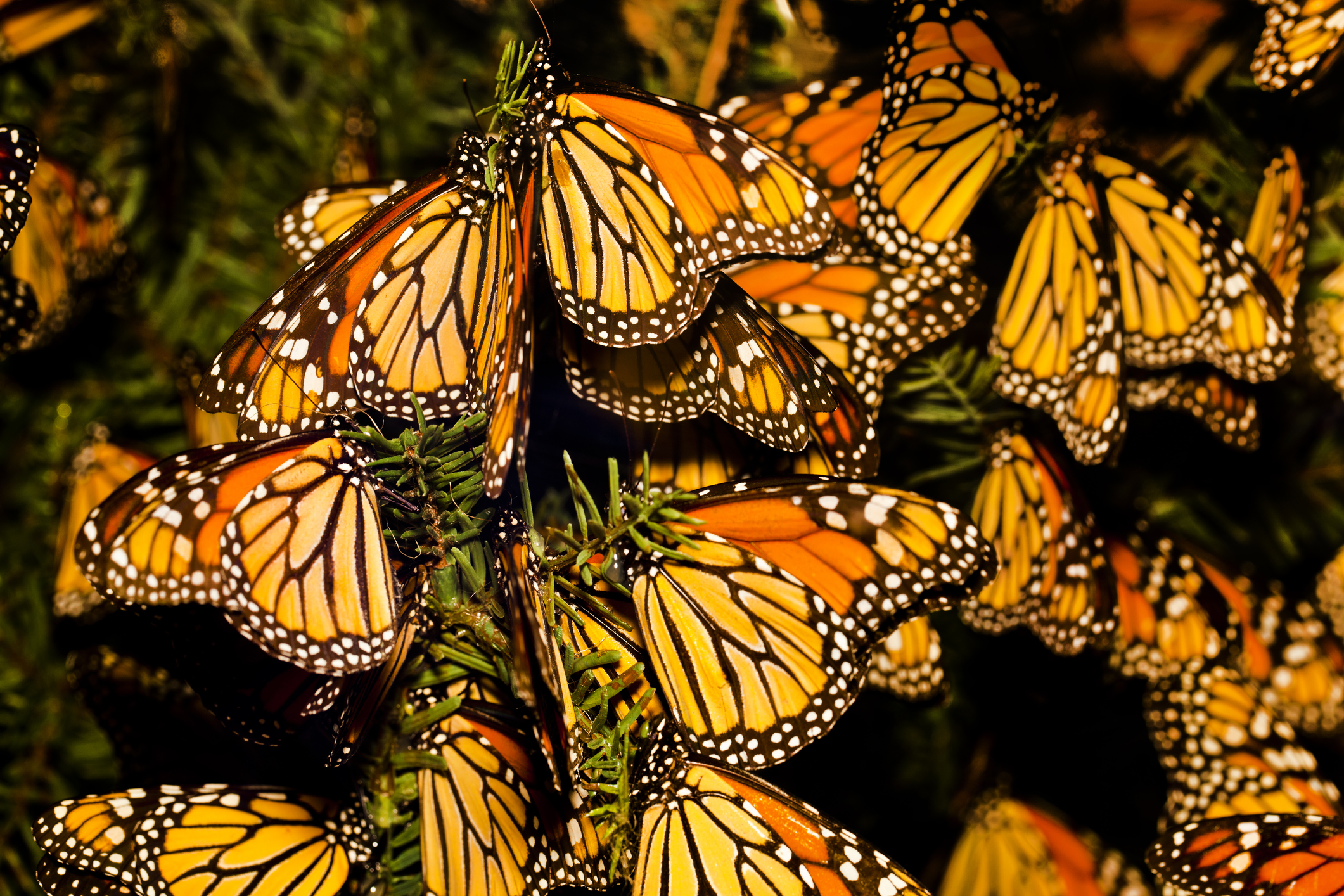Monarch butterflies have been placed on the International Union for the Conservation of Nature’s “red list” of threatened species.
The monarch butterfly fluttered a step closer to extinction Thursday, as scientists put the iconic orange-and-black insect on the endangered list because of its fast dwindling numbers.
"It's just a devastating decline," said Stuart Pimm, an ecologist at Duke University. "This is one of the most recognizable butterflies in the world."
The International Union for the Conservation of Nature added the migrating monarch butterfly for the first time to its "red list" of threatened species and categorized it as endangered.
The group estimates that the population of monarch butterflies in North America has declined between 22% and 72% over 10 years.
Get top local stories in Southern California delivered to you every morning. Sign up for NBC LA's News Headlines newsletter.
"We are really sad about this. It is another data driven, science based wake-up call that we need to be better stewards of our planet," said Tony Tucci, chair and co-founder of Citizens for Los Angeles Wildlife.
The monarch population has declined by approximately 90% since the 1990s, according to the National Wildlife Federation.
In North America, millions of monarch butterflies undertake the longest migration of any insect species known to science.
After wintering in the mountains of central Mexico, the butterflies migrate to the north, breeding multiple generations along the way for thousands of miles. The offspring that reach southern Canada then begin the trip back to Mexico at the end of summer.
A smaller group spends winters in coastal California, then disperses in spring and summer across several states west of the Rocky Mountains. This population has seen an even more precipitous decline than the eastern monarchs, although there was a small bounce back last winter.
"The monarch decline has already been noted regionally, but nothing formally has been put into place to protect the monarchs," said Tucci.
Presiden Joe Biden signed a series of executive orders and in the climate order was the initiative 30x30, which would put America on a path to protect at least 30 percent of it's land and 30 percent of its ocean areas by 2030.
"There are three main steps that can help in protecting the monarch butterflies," said Tucci. "We think about doing things three ways; through regulation through the Wildlife District Ordinance, conservation by donating to organizations that are conserving land, and educating our neighbors."
The Wildlife District Ordinance has the goal of balancing wildlife habitat with private property development to create more sustainable outcomes in the hill sides.
"Locally in Los Angeles, I think the only thing on the books that would help the monarch habitat, is to adopt our first Wildlife District Ordinance," said Tucci. "Every Angeleno should participate in supporting that ordinance."



